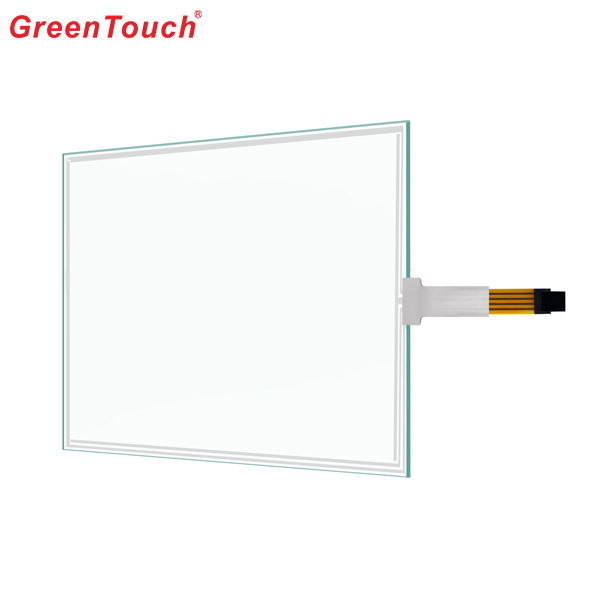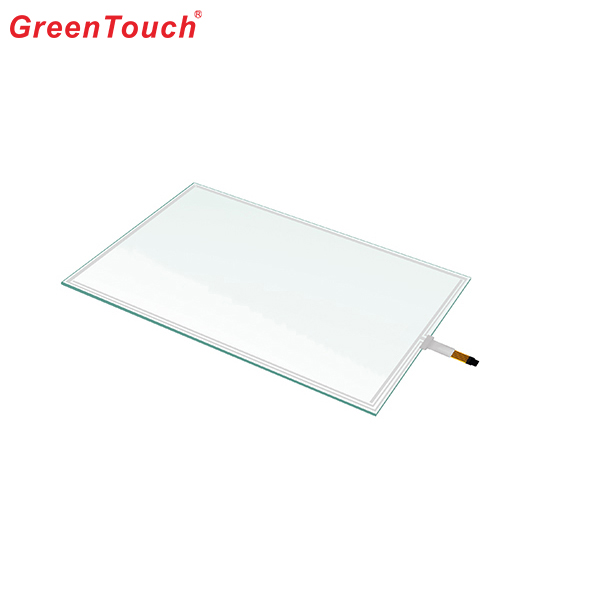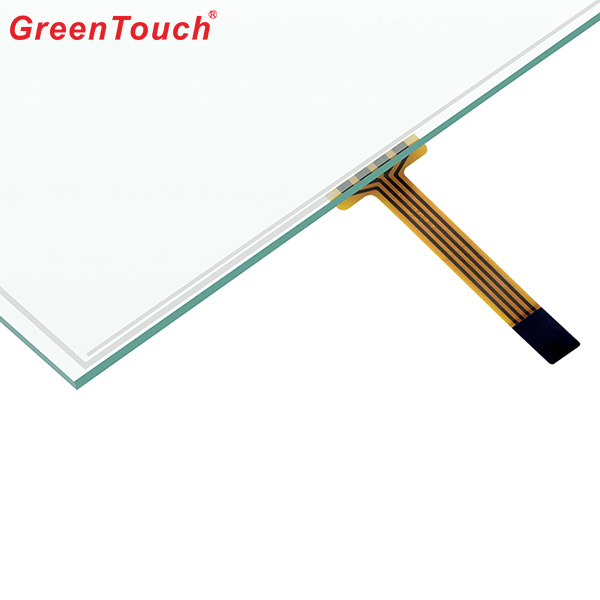On June 30, the list of pilot regions (cities) for the integration of the three networks was announced, which marked the official launch of the pilot work for the integration of the three networks in China's telecommunications network, radio and television network, and the Internet. The three network integration process has made further breakthroughs. Before this, in order to cope with the integration of the three networks, telecommunications networks, radio and television networks and the Internet have all begun to evolve to the "next generation", laying the foundation for the integration of the three networks. The evolution of the three major networks to the next-generation network will make the boundaries between the networks increasingly blurred, technically consistent, interconnected at the network layer, and unified IP protocols at the application layer, and at the business layer. Penetrate, compete with each other, cooperate with each other, gradually move towards unified supervision at the operational supervision level, and finally achieve the integration of the three networks. Among them, although the evolution direction of the next-generation Internet is still controversial in the industry, the industry generally believes that the next-generation Internet has the basic characteristics of being larger (infinitely expandable), faster, more convenient, and more secure.
Network fusion: the next generation of Internet will be all-encompassing
In the process of "convergence" of the three networks, everyone knows that the so-called "three networks" refer to the Internet, telecommunications networks, and radio and television networks. According to the term "three networks", most people believe that these three networks are in an equal position. But in fact, they are not equal. The Internet is actually a kind of virtual network. It provides certain specifications and protocols, and it relies on physical networks such as telecommunications networks and radio and television networks. To put it simply, the Internet can rely on traditional telecommunications networks as well as the emerging broadcast power grid, power grid, and other physical networks.
So, with the diversification of the bearer network and its own evolution to the next generation, what functions can the next generation Internet achieve? As mentioned earlier, the next-generation Internet has the basic characteristics of being larger, faster, more convenient, and more secure. It gives users an intuitive feeling that they can use the Internet more conveniently, quickly, and efficiently. In addition to the functions that the traditional Internet can achieve, the Internet of Things will be the focus of next-generation Internet applications. According to the current relatively unified view of the industry, the next-generation Internet will adopt IPv6 as the standard protocol, which will solve the problem of the exhaustion of IP resources that currently seriously restrict and trouble the development of the Internet. Under the premise of triple play and IPv6 protocol adoption, the Internet of Things will come into being. The so-called Internet of Things means that through information sensing equipment such as radio frequency identification (RFID), infrared sensors, global positioning systems, laser scanners, etc., according to the agreed protocol, any item is connected to the Internet for information exchange and communication A network that realizes intelligent identification, positioning, tracking, monitoring and management. Simply put, anything can become a "point" on the next generation Internet, breaking the convention that only mobile phones, computers, etc. can access the Internet. The Internet will become an information network for "communication and dialogue" with objects. At present, the informatization of retail, logistics, medicine, food, transportation, construction, medical and other industries has emerged as the prototype of the Internet of Things.
Economic Drive: The Effectiveness of the Integration of Internet and Internet of Things
The next generation Internet will have a huge boost to the national economy and social development. On the one hand, the Internet itself will become a major pillar of the national economy. A 2006 study by 66 developing countries and 27 developed countries showed that for every percentage point increase in Internet users, exports increased by 4.3 percentage points. A 10% increase in fixed-line penetration rate in the United States will contribute 2.8% to GDP growth, and a 7% increase in broadband penetration rate will contribute $ 134 billion to GDP growth. The World Bank's recent econometric analysis of 120 countries indicated that every 10 percentage point increase in broadband services will bring 1.3 percentage points of economic growth. A report at the GSMA conference in February this year showed that 3G in the next three years will prompt the GDP of China and India to grow by US $ 211 billion and US $ 95 billion, respectively. In addition, in the construction of the Internet of Things, the number of sensors and electronic tags and matching interface devices used for animals, plants, machines, and articles will greatly exceed the number of mobile phones. The promotion of the Internet of Things will become another driver to promote economic development, and open up another potential development opportunity for the industry. According to the current demand for the Internet of Things, hundreds of millions of sensors and electronic tags are needed in recent years, which will greatly promote the production of information technology components and increase a large number of employment opportunities. On the other hand, the new generation of Internet can improve economic efficiency and greatly save costs; it can also provide technical impetus for the recovery of the global economy. The latest data shows that Shanghai Mobile has currently loaded more than 100,000 chips on taxis and buses, and various forms of Internet of Things applications have shown great power in all walks of life to ensure the orderly operation of the city. During the Shanghai World Expo, "Vehicle Service" was fully applied to the Shanghai public transportation system, using the most advanced technology to ensure the smooth flow of large-volume traffic around the Expo Park; "e-logistics" for the transportation management of logistics enterprises provides users with real-time and accurate Services such as cargo condition information, vehicle tracking and positioning, transportation route selection, and logistics network design and optimization have greatly improved the comprehensive competitiveness of logistics enterprises.
Security Difficulties: How to keep the Internet open and equal
However, no matter how beautiful the next generation Internet portrays us, cyber security is still an important issue that requires our attention. Unlike the strict control and management adhered to by traditional telecommunications networks and radio and television networks, the Internet advocates an "openness", "equality" and "innovation" based on "self-discipline", allowing everyone to participate in the construction And development of spiritual ideas. Under the guidance of this spiritual concept, the Internet engineering community put forward the core design concept of "end-to-end transparency". The so-called "end-to-end transparency" means that in the design of the Internet, the communication-related part (IP network) is separated from high-level applications (endpoints) and lower-layer transmission technologies, so that the network is as open as possible. No matter which direction the next-generation Internet develops, its core design philosophy will continue. In addition, as various objects become a "point" on the next-generation Internet and the diversification of the physical network carrying the Internet, network security will inevitably have many new problems. As an important part of the national information infrastructure, the Internet will continue to infiltrate rapidly into all sectors of the national economy, affect human life and production methods more profoundly, and greatly promote the development of social informatization. At the same time, the Internet will inevitably expose some problems in the face of new application needs and development. Although the Internet may need to be changed in many aspects in the future, it should continue to adhere to the concept of "everyone participates" that it has always advocated. Otherwise, the Internet will lose its momentum and direction, and it can no longer be called the "Internet". However, it should be noted that adhering to the concept of the Internet is not to absolute and dogmatic the spirits of openness, equality, freedom, and innovation derived from "Everyone Participates". In the future, the Internet should still adhere to the "end-to-end transparency" architecture, but it should meet certain constraints, that is, "conditional end-to-end transparency." Under the premise of ensuring that everyone can continue to participate in the development and innovation of the Internet, some transparent management and control mechanisms for users should be embedded in the network to suppress users' unself-regulatory behavior and balance the duties and interests of different roles in the industry chain. In short, based on the existing external attributes such as mass, unboundedness, interactivity, groupness, and autonomy, the future Internet will enable all users to experience a more secure and reliable, higher quality of service, and ubiquity And harmonious network virtual society.
As soon as our company was established, the small size 4 Wire Resistive Touch Screen was first put into production,it range in size from about 2 inch to 22 inch,we provides a wide range of customization options to meet your requirements, including screen size, FPC outlet location, length, ITO glass thickness, LOGO and matte anti newton ring, bright surface treatment such as anti newton ring.we supply the best Resistive Touch Screen,commercial Touch Screen ,Glass touch screen, POS touch screen,GPS Touch Screen,Car touch screen,no drifting touch screen,stable touch screen,long life touch screen,high sensitive resistive touch screen,cheapest resistive touch screen.If you're interested 4 Wire Resistive Touchscreen ,we are your best choice.
Our 4 wire resistive touch screen picture show:






4 Wire Resistive Touch Screen
Monitor Touch Screen Panel,4 Wire Touch Screen Panel,Laptop Touch Screen,Usb Controller Touch Screen,4 Wire Resistive Touchscreen,Best Touch Screen
ShenZhen GreenTouch Technology Co.,Ltd , https://www.bbstouch.com